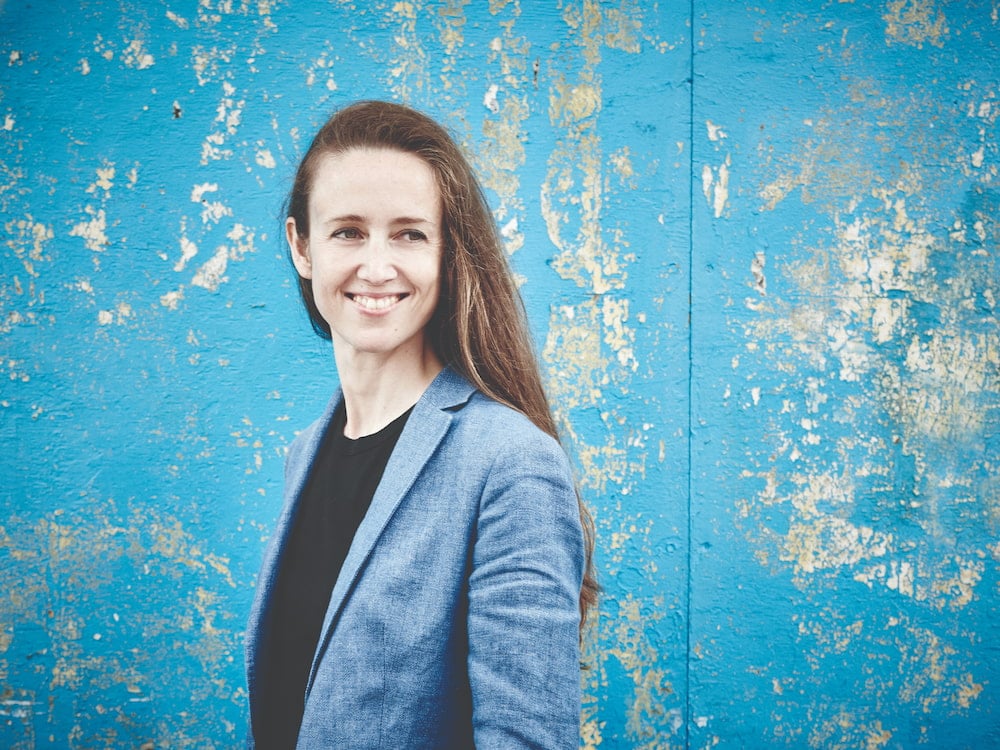The Canberra Symphony Orchestra’s 2023 season, Chroma, is a kaleidoscope of colour and music, chief conductor and artistic director Jessica Cottis explains.
“For me, colour is given sound by music. ‘Chroma’ is defined as the intensity or saturation of a colour; these programs are my musings on the vitality of the world we see and feel around us.”
The season is “centred on composers with a close connection and a special affinity with colour,” she states.
“Like many great works of visual art, these programs are shaped by the colours and contours of the natural world, from the deepest greens of Sibelius’s northern forests to the dizzying vastness of red desert on our own continent.”
Electric Blue (April), for instance, features Nikolai Rimsky-Korsakov’s Scheherazade (1888), his symphonic suite inspired by the Arabian Nights, and Alexander Scriabin’s Piano Concerto in F-sharp minor (1897) – the first time the CSO has performed this “lushly lyrical” work.
Rimsky-Korsakov was a synaesthete, who saw colour when he heard sound, Cottis remarks.
“His orchestral tone poem, Scheherazade, one of the greatest hits of classical music, is particularly vivid in this respect. A set of tableaux inspired by tales of the sea, this work is composed in E major. How did Rimsky experience this key? As a deep, dark blue.”
Scriabin developed a system of colours based on the circle of fifths and Sir Isaac Newton’s Opticks. He even invented a clavier à lumières (a keyboard with lights) for one work, each note associated with a different colour.
“Scriabin’s piano concerto is also ‘in blue’, but a lighter, more sky-like blue,” Cottis says. “For his colour-system, this was the key of F-sharp which we hear throughout the concerto, a tuneful, utterly beautiful, soul-cleansing balm of a piece.”
For the same concert, Miriama Young, “ever-thoughtful and broad-ranging in approach to her work”, has written what Cottis terms “a vibrant and thrilling concert opener”.
The June concert presents Australian works inspired by Red Desert Sand. Didjeridu player William Barton will perform his Square Circles Beneath the Red Desert Sand (2016), written about the spirits of his Kalkadunga country (Mount Isa). The concert also features Ros Bandt’s electroacoustic Red (2000); Peter Sculthorpe’s String Quartet No. 7: Red landscape (1966); and Katy Abbott’s Re-echo (2015) for vibraphone and cello. A new work by Aaron Wyatt, a Noongar violist and scholar, will be performed, written for the same instrumentation as Barton’s: string quartet, percussion, and didjeridu.
The November concert is a celebration of Living Green, featuring Antonin Dvořák’s concert overture In Nature’s Realm (1891), Richard Strauss’s Four Last Songs (1948), and Jean Sibelius’s Symphony No. 7 in C major (1924) and Karelia Suite (1893). Louisa Trewartha has written a new piece for the CSO brass.
“I was exploring the idea of linking the musical world of Dvořák’s In Nature’s Realm to that of Strauss’s Four Last Songs,” Cottis says, “and perhaps counterintuitively, we found inspiration from Sibelius, whose music forms the entire second half of the programme. Trewartha’s work is therefore inspired by the ‘magic secrets’ of the Nordic forests.”
Connor D’Netto is the CSO’s first Composer-in-Connection. D’Netto is “taking the musical world by storm”, Cottis says. He was described as “the model contemporary Australian composer” by ABC Classic.
“D’Netto’s compositions are fascinating, and often balance driving rhythmic elements with heartfelt lyrical expression drawn from his extensive performance experience as a classically trained singer,” Cottis says. “It will be hugely interesting for our musicians to work in depth with a composer across a season.”
Another new work (September) is by Yuwaalaraay storyteller Nardi Simpson – “an evocative and energetic musical creation from, inspired by the interaction of light and the stories it tells us,” Cottis says.
The “eclectic, adventurous, and thrilling” season features several other works the CSO has not performed before: a divertimento from Igor Stravinsky’s ballet Le Baiser de la fée (1928) (March); and Swiss composer Frank Martin’s Concerto for seven wind instruments, timpani, percussion and string orchestra (1949) and Erich Korngold’s ballet/pantomime Der Schneemann (1910), “a touch of shimmering Hollywood” (both August).
The CSO will play lesser-performed works by some familiar, well-loved composers, like Beethoven’s ballet Creatures of Prometheus (1801) (March), or Tchaikovsky’s Symphony No. 1 “Winter Daydreams” (1866) (August).
Perto Do Ar (2014), Simon James Phillips’ 50-minute, immersive, surround-sound work, for the CSO brass situated around the Atrium of the National Museum of Australia (July), will be a once-in-a-lifetime experience not to miss, Cottis says.
Guest artists include conductors Alexander Briger and Dane Lam, percussionist Claire Edwardes, soprani Eleanor Lyons and Chloe Lanskhear, and pianist Sine Winther.
“It’s a fascinating, vibrant season, with so much for our Canberra audiences to explore and enjoy,” Cottis says.
For more information, visit https://cso.org.au/chroma/.



